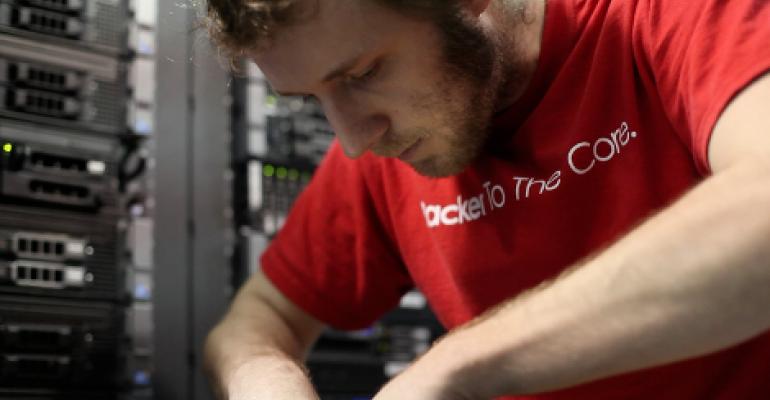Rackspace is working with three open communities to form a mega-open platform. Two of those communities are widely known: OpenStack for cloud software and the Open Compute Project for data center hardware. Its part in the third was formally announced today.
Rackspace is now an official member of the IBM-led OpenPOWER foundation, which tackles the server firmware through an open approach. This is about innovating at the firmware level, the big holdout for openness. Rackspace has been involved with OpenPOWER behind the scenes for more than 18 months.
The company announced it has joined the consortium and that it is building an OpenPOWER-based Open Compute server platform that will run OpenStack services. It will engage with partners in the community to build the platform and contribute it and its open source POWER server firmware set to OCP.
Firmware can be a tricky area as developers don't normally worry about firmware and managing memory requirements. "These are parts of the system many developers are not even aware of," said Aaron Sullivan, director and principal engineer at Rackspace. "Firmware has different programming models. The OpenPOWER needs the community involved, needs developers on board to achieve real performance gains."
Firmware: Last Element to Open Up
Rackspace believes it's important to rally the wider open source community to affect real progress. "Server chips, firmware, and buses, this is the last batch [to go the open source route]," Sullivan said.
"There were some features of [IBM's] POWER platform that initially intrigued us for its efficiency gains and existing applications. But there were all kinds of aspects to it that needed to be changed – firmware and management stacks grew up differently. We grew up in a world of Linux and HP. We started giving IBM feedback on that and they were responsive, making changes."
IBM saw a lot of similar customer response and decided to go the open route with the POWER architecture. The consortium was launched in Summer 2013 with IBM and Google as two prominent members.
The aim is to build advanced server, networking, storage, and GPU technology on the POWER server platform. The consortium makes POWER IP licensable to others and makes POWER hardware and software available to open development.
Project's Roots in Bare Metal Cloud
It wasn't until the development of Rackspace's bare metal private cloud service OnMetal that the company really got its hands into the firmware.
"With OnMetal, we had to get into system firmware for the first time in a serious way," said Sullivan. "We found that doing it in the open community is a lot easier, but it was still hard. We couldn’t release those aspects we did outside of the development – someone can’t take what we did because they don’t have the right firmware, and then there's NDAs and firewalls between us and the engineers and all that stuff. But those changes are starting to happen in the system. You really need that stack open all the way down so they can involve [the community] can get involved. "
OpenPOWER now has 80 organizations represented including Google, IBM, Canonical, Nvidia, Samsung, and Mellanox. It is also partnered with the Linux foundation. Rackspace's involvement will prompt more community participation.
Open technology is driving cloud and OpenPOWER is driving openness in one of the last holdouts -- server firmware. "We look forward to more and more progress in the open space," said Sullivan.





